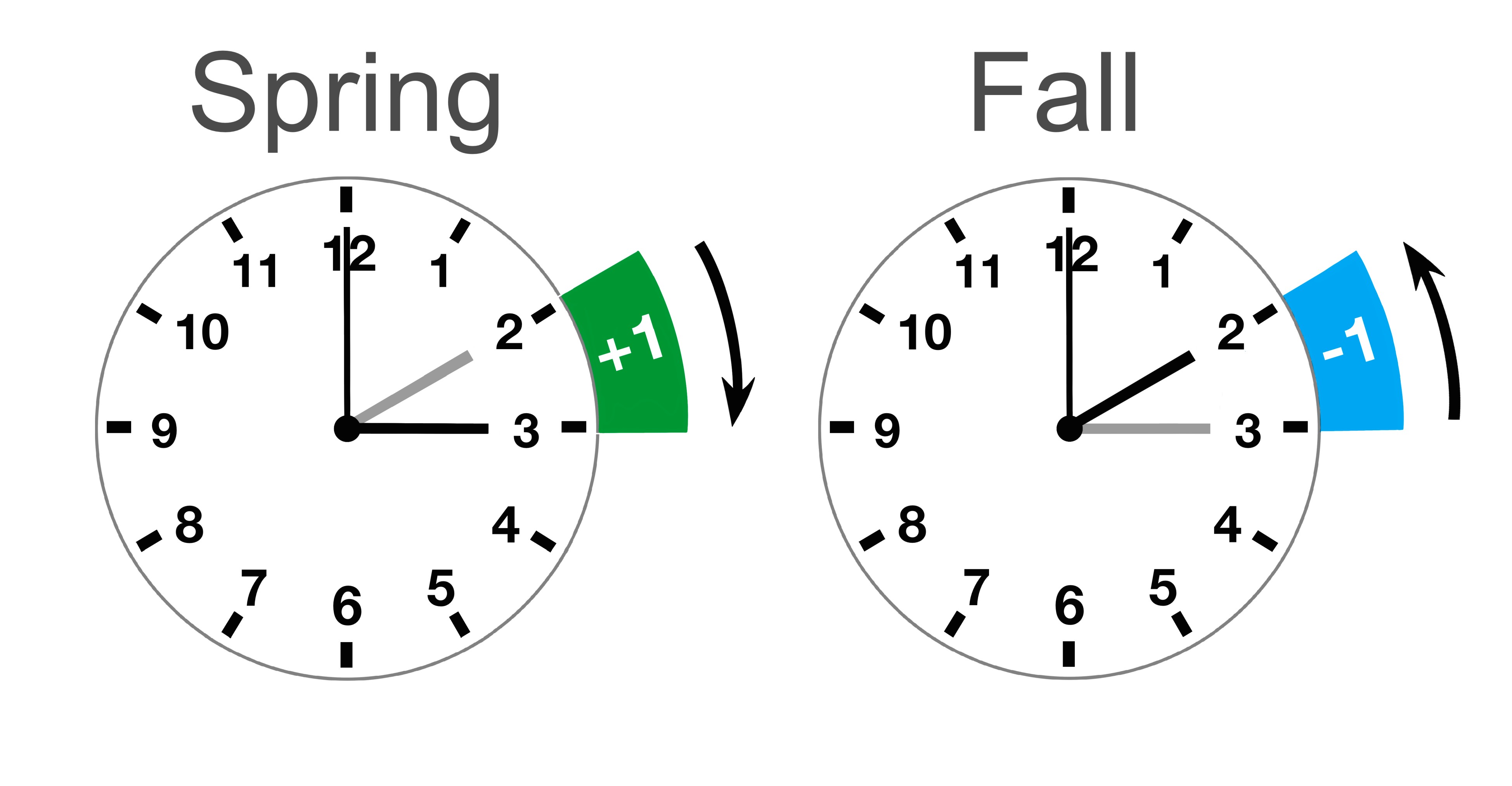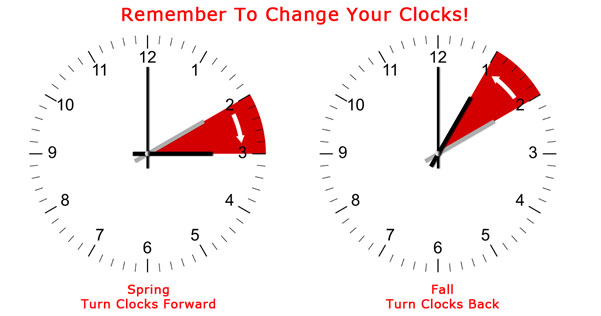

Now you know exactly why the end of daylight savings time. In 2005, this was changed to the system we have now, which starts the second Sunday in March, and reverts to Standard Time on the first Sunday in November. Not only does this signal that were going into one of the darkest, shortest, and coldest. Though it comes up twice every year without fail, the concept of.

Things bounced around until 1966, when the US passed the Uniform Time Act. The docs explain that the hours should be preserved when shifting across a DST while using days, but that does not appear. The end of daylight saving time is soon approaching, when most people nationwide will have to reset their clocks one hour back. Fast forward a few years, and Daylight Savings Time was enforced during the war to conserve energy and increase more useable daylight hours. Germany and Austria are credited with being the first countries to adopt Daylight Savings Time, however the town of Port Arthur, Ontario (part of present-day Thunder Bay) began using it in 1908. residents will still need to turn their clocks back that. on Sunday, November 7, when most states fall back to standard time. When Does Daylight Saving Time End In 2021 - Across America, US - As more states opt to make Daylight Saving Time permanent, most U.S. Without Daylight Savings Time, that light would be used in the morning, before many people go to work.Īstronomer George Hudson is credited with coming up with the idea – working shifts, he valued after-hours daylight, and proposed shifting time in 1895. When did daylight savings time end in 2010 November 7 When Does Daylight Savings End in 2010 For most Americans, daylight saving time ends in 2010 at 2 a.m.

For those who work a day shift, this means it will be daylight for more hours after you finish work for the day. With a mnemonic word play referring to seasons, clocks 'spring forward. In the U.S., daylight saving time starts on the second Sunday in March and ends on the first Sunday in November, with the time changes taking place at 2:00 a.m. While this means you might lose an hour of sleep over the weekend, it also means that the days will be lighter longer in the afternoons as we approach the summer solstice. The Uniform Time Act of 1966 established the system of uniform daylight saving time throughout the US. Daylight Savings Time is the practice of moving clocks ahead by an hour to help us make the most of daylight hours during summer time.


 0 kommentar(er)
0 kommentar(er)
